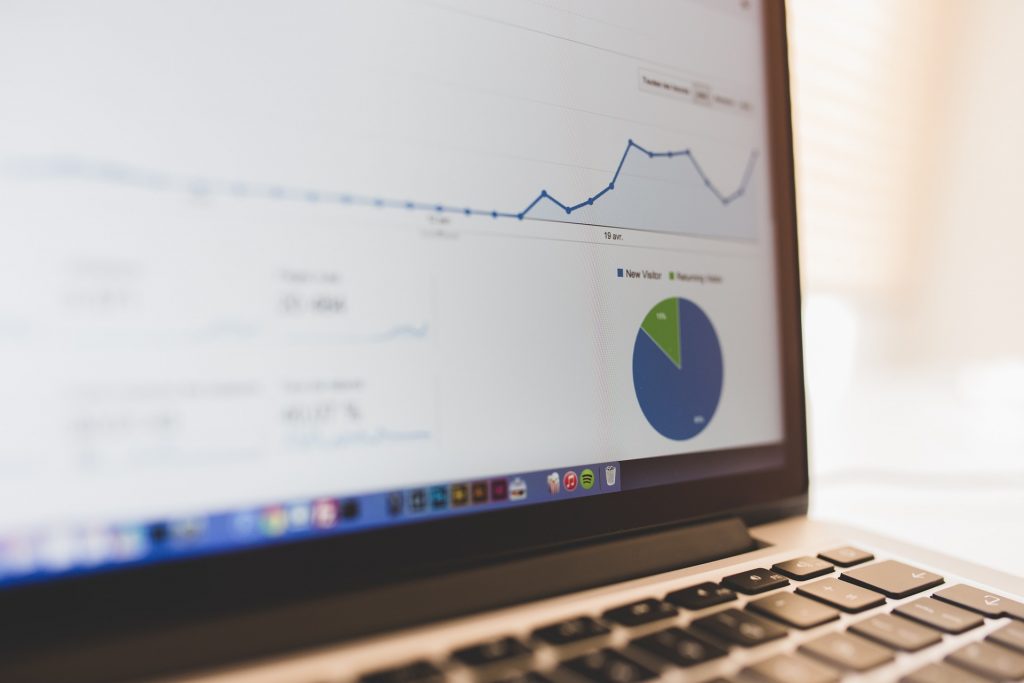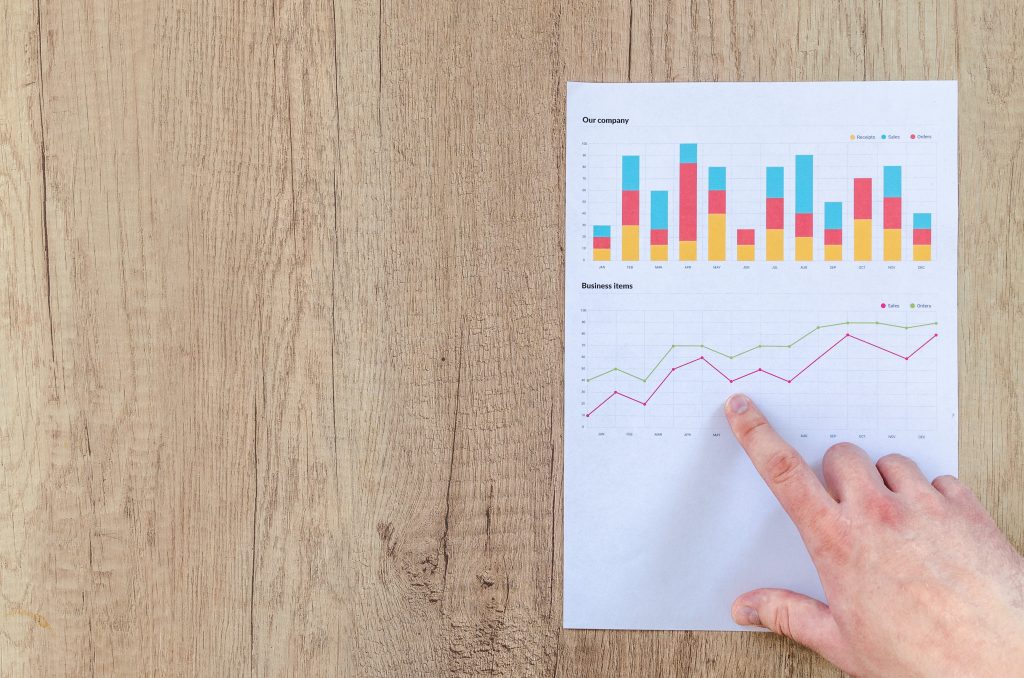Top 6 Marketing KPIs Profitable EventPreneurs Watch

Do you know if your business is growing at the rate you want?
Do you know if your business is growing at the rate you want? Having objective data to show you whether or not your business is achieving its goals, and what you need to do to keep growing is one key to success. Below are six key KPIs to track.
[What is a KPI] A key performance indicator is a type of performance measurement. KPIs evaluate the success of an organization or of a particular activity in which it engages.
With technology, tracking these KPIs is easier than ever without hiring an analyst. One of my favourite tools is Google Analytics which provides a variety of metrics and is free to use. (Keep in mind, there are also paid software programs you can use that automate that can automate your data calculation).
1. Return on Revenue (ROR)
The ROR rate is a measure of company profitability that is calculated by taking your total revenue and subtracting your operating expenses. When doing your calculation, don’t forget your day-to-day expenses, as well as expenses that aren’t top of mind (such as rent and office supplies) and if applicable non-cash factors like inflation or depreciation of properties.
For example, if you have $575,000 in sales and $485,000 in expenses, your profit equals $90,000. Divide the profit by the total number sales to find the portion of each dollar you keep as profit.
To increase ROR, you can increase profit with a change in sales mix or by cutting expenses.
2. Run Rate Forecasting
Run rate forecasting is a method of measuring revenue during a specific time period (monthly or quarterly) in order to calculate a business’s projected annual earnings. To calculate the run rate based on quarterly data, simply multiply by four; for monthly data, multiply by 12. For example, if your business earned $50,000 during the first quarter, you could say that its run rate is $50,000 times four, or $200,000.
3. Average Customer Spend
On average, how much are your clients spending on your services? To calculate this KPI, take the total sales revenue made to date, divided by the total number of customers to date. This metric gives you an indication of how your company is performing.
How can you increase the average spend? Crunch your numbers and considering bundling services, raising your rates or even creating a weekly/monthly sales challenge for your business.
4. Customer Acquisition Cost
This metric is one that is often overlooked by entrepreneurs. Customer Acquisition Cost is the cost of convincing a potential customer to buy your product or service. It is calculated by simply dividing all the costs spent on acquiring more customers (marketing expenses) by the number of customers acquired in the period the money was spent. For example, if you spent $100 on marketing in a year and acquired 100 customers in the same year, their CAC is $1.00.
This is a great indicator of how much your sales and marketing efforts are paying off, and what resources are needed to convert leads into customers. This number can be used to predict your future finances as you grow.
41% of Event Producers Don’t Know their Customer Acquisition Cost Intellitix
5. Customer Retention Rate
Customer retention rate is the percentage of customers you keep relative to the number you had at the start of your period. This does not count new customers. This is especially hard for wedding planners who generally plan only 1 event per customer.
As the saying goes, it costs more to get new customers than to keep existing ones. How can you increase your customer retention? Give great service, reward loyalty or consider creating a customer retention program.
6. Return on Advertising Spending (ROAS)
ROAS is a marketing metric calculated by dividing the revenue generated from an ad campaign, by the cost of that campaign It’s a key indicator that tells you whether your advertising spending is paying off or not.
Metrics provide a benchmark for your business’s performance and show where there are opportunities for growth. I challenge you to set goals for your KPIs and a specific timeframe to reach them (ie. quarterly). That way you can make changes or updates if you’re not meeting your goals.
Do you want to know how to grow your business and reach your goals? Click here to join the next EventPreneur Roadmap Program.







